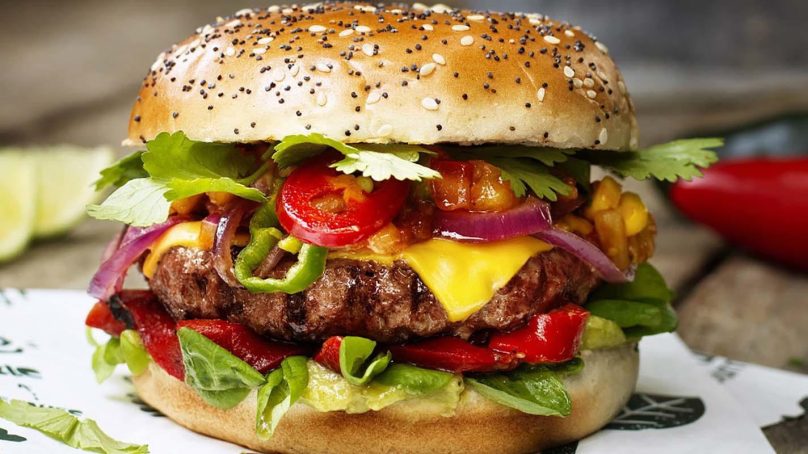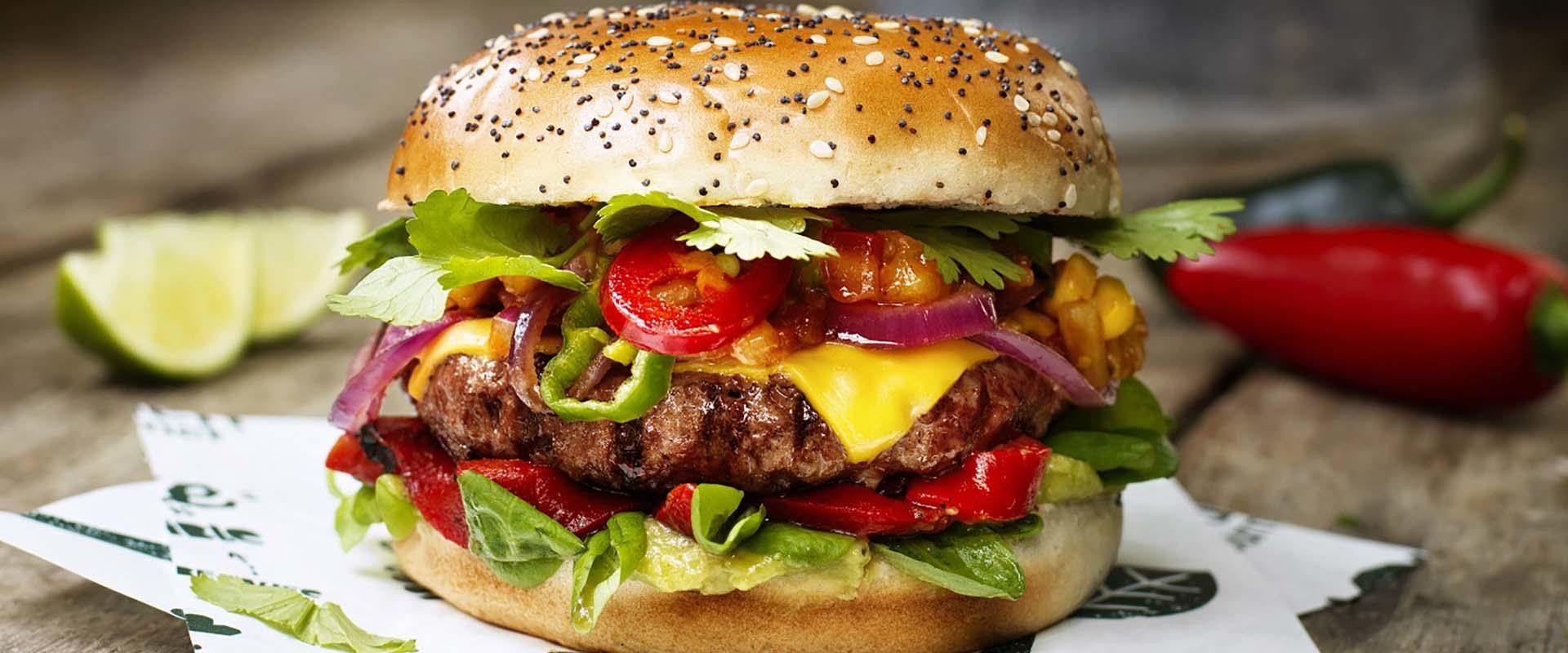

There has been a significant increase in the demand for plant-based meat and seafood alternatives, as more consumers prioritize the environment, animal welfare and health concerns. In particular, “flexitarians,” those who eat less meat and choose alternatives more frequently, have grown in number.
The acceptance of vegan products has also increased globally, and the category has become a standard offering. As a result, the range of meat alternatives has expanded significantly in terms of variety and quality. These products now have more pleasing textures and are made with fewer ingredients. The industry offers a wide range of options, including classics made from soy, pea and wheat, as well as newer alternatives made from beans, algae, lupins, sunflower seeds, jackfruit and fungi, in addition to fermented varieties.
To complement traditional sliced meat, minced meat and burgers, more suppliers are now offering whole roasts, schnitzels, chicken wings and fillets. Döner kebabs, cevapcici and gyros are also part of many manufacturers’ product ranges, with an increasing number offering curry and Indian spice flavors.
The sausage alternatives’ market is even more diverse, with an increasing number of bacon variants perfect for hotel breakfast offerings, as well as a wide range of sausages of various textures, flavors and sizes. Additionally, there has been a rise in the development of seafood alternatives, including salmon, tuna, crab, scampi and lobster, not to mention fish fingers and fillets.
It is expected that the worldwide supply of meat, sausage and seafood alternatives will continue to grow. Many manufacturers have announced new product launches in this area. However, due to supply chain issues and inflation, this growth may not always be linear. The higher costs of energy, animal feed and personnel have led to a rise in prices for meat and sausage, narrowing the price gap between these products and alternatives. Economies of scale also make these items more competitive.
There is a possibility of disruption in the traditional meat market if cultivated meat becomes suitable for mass production. This type of alternative involves taking cells from animals or fish and growing them in large quantities with a growth medium. These products are already available in Singapore and have recently been approved in the US. Cultured products aim to appeal to the large group of consumers who do not want to give up meat and fish but are looking for an alternative that does not require animal slaughter. However, it may still be a few years before these products are widely available.

Peter Link,
Editor-in-chief
Vegconomist















